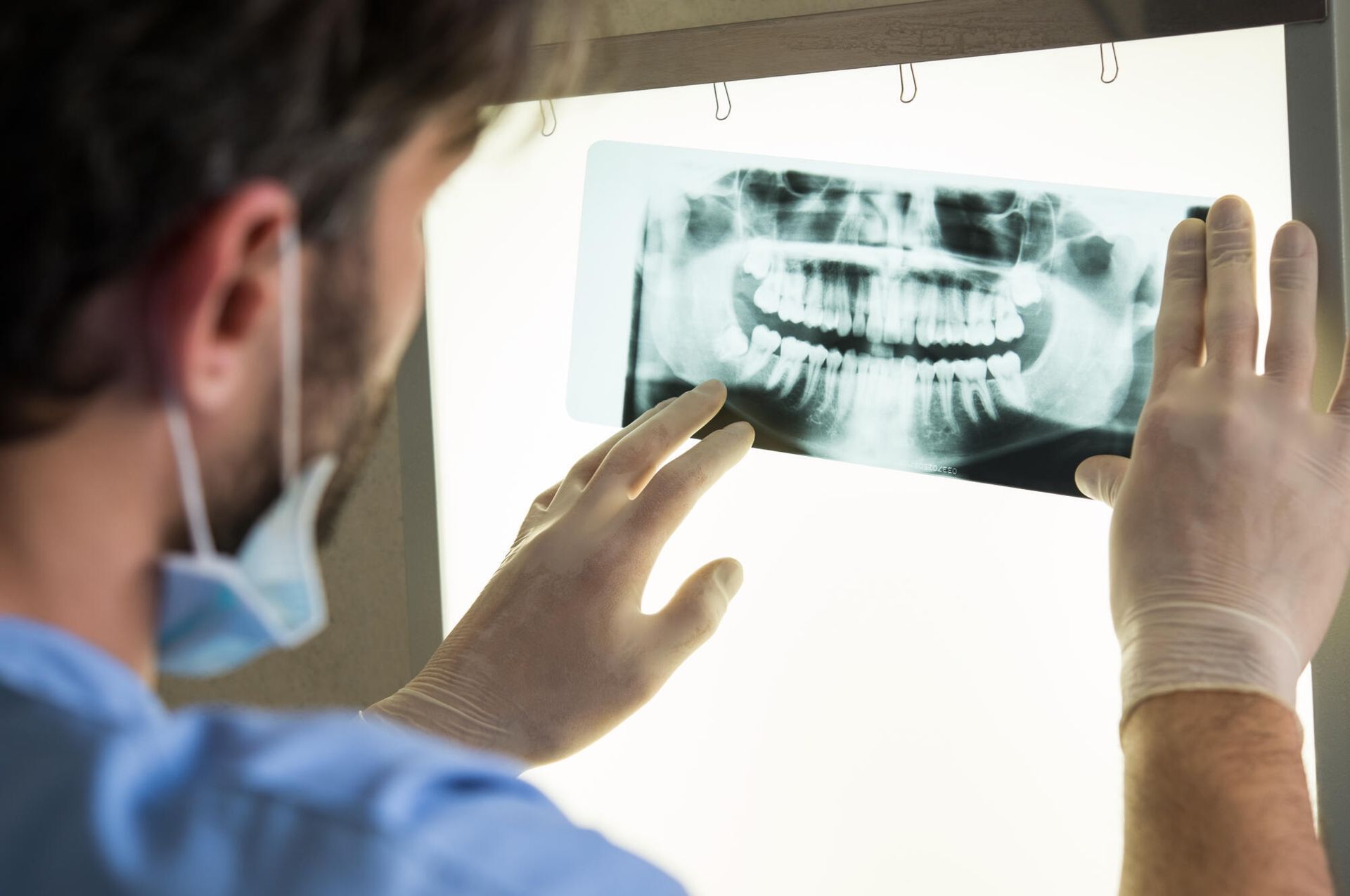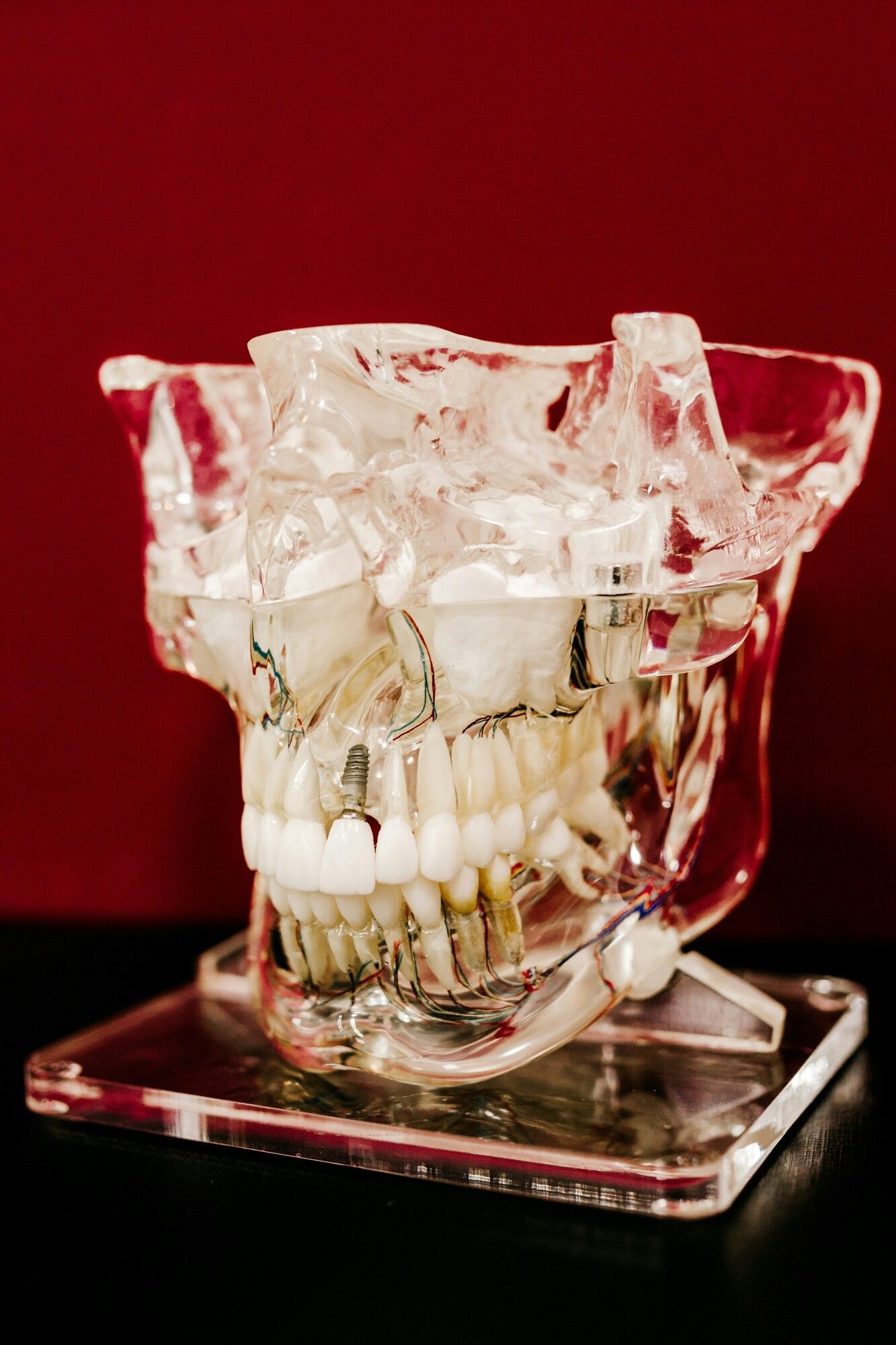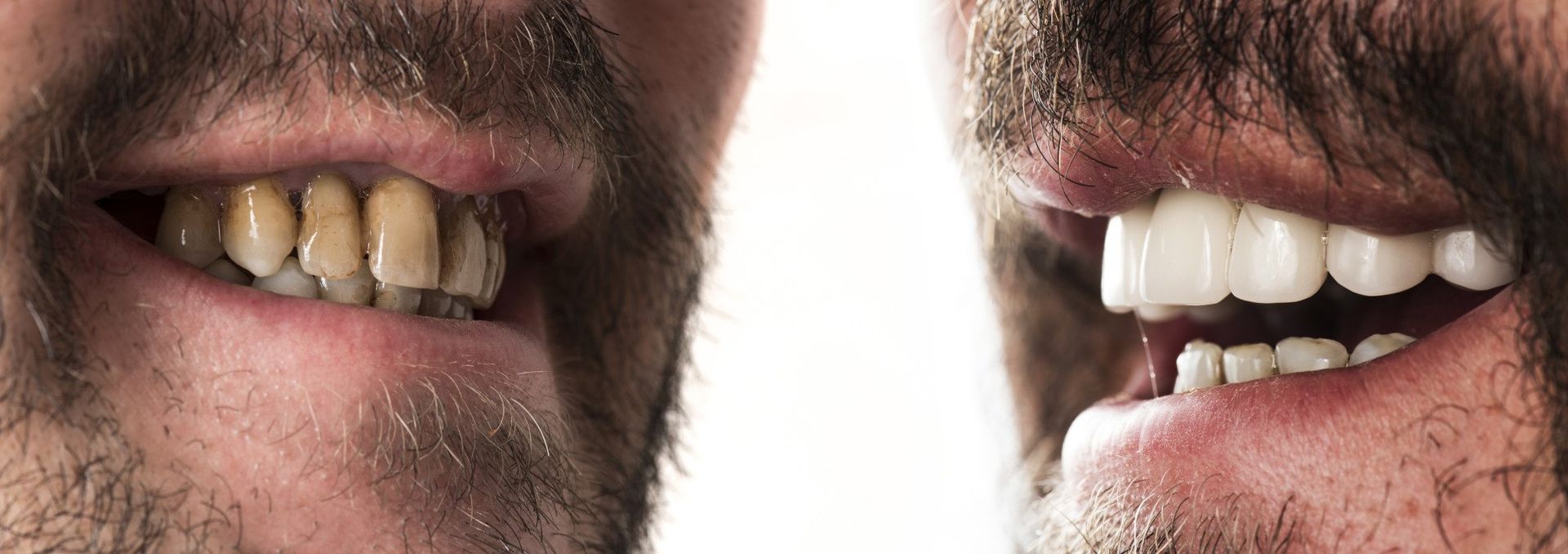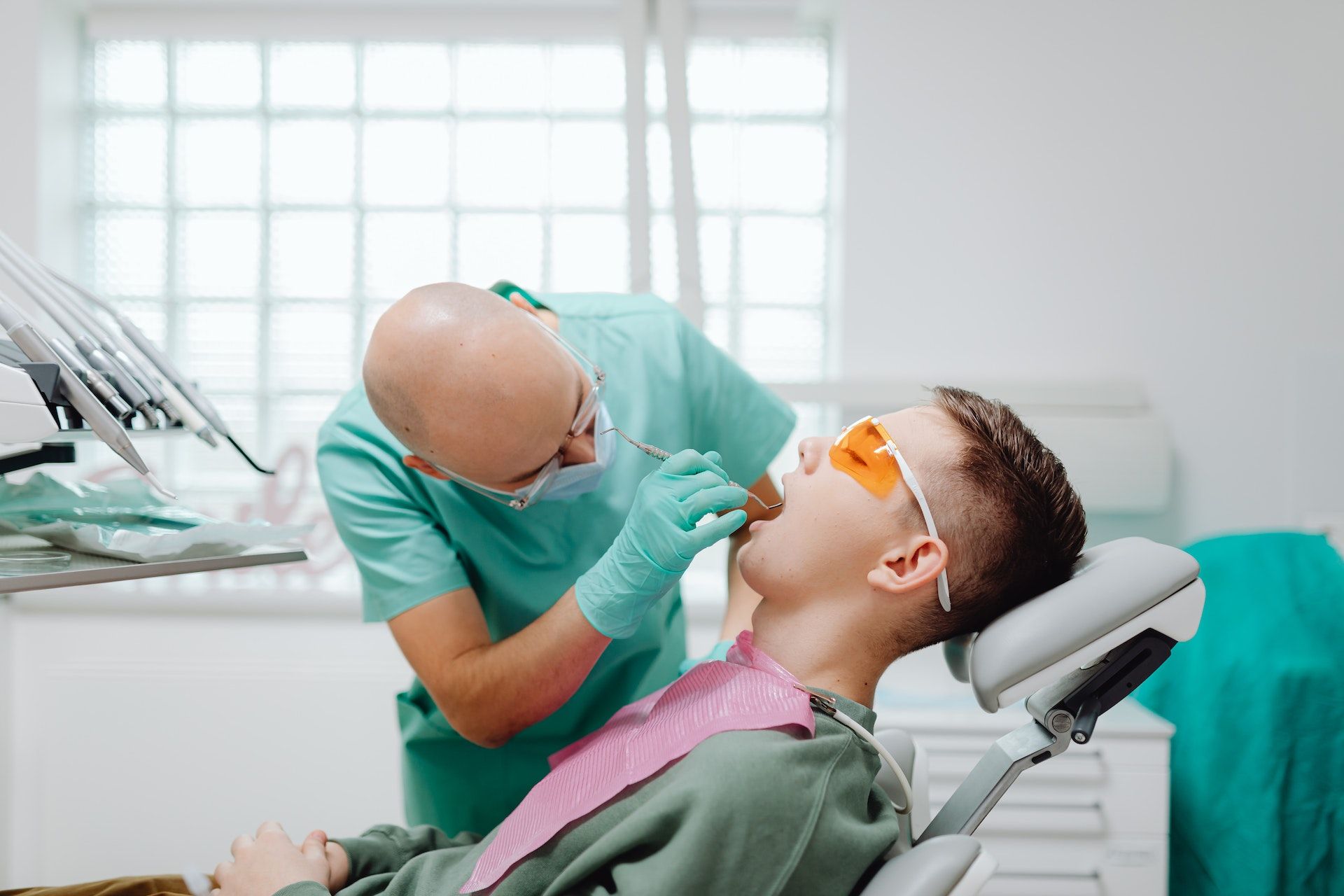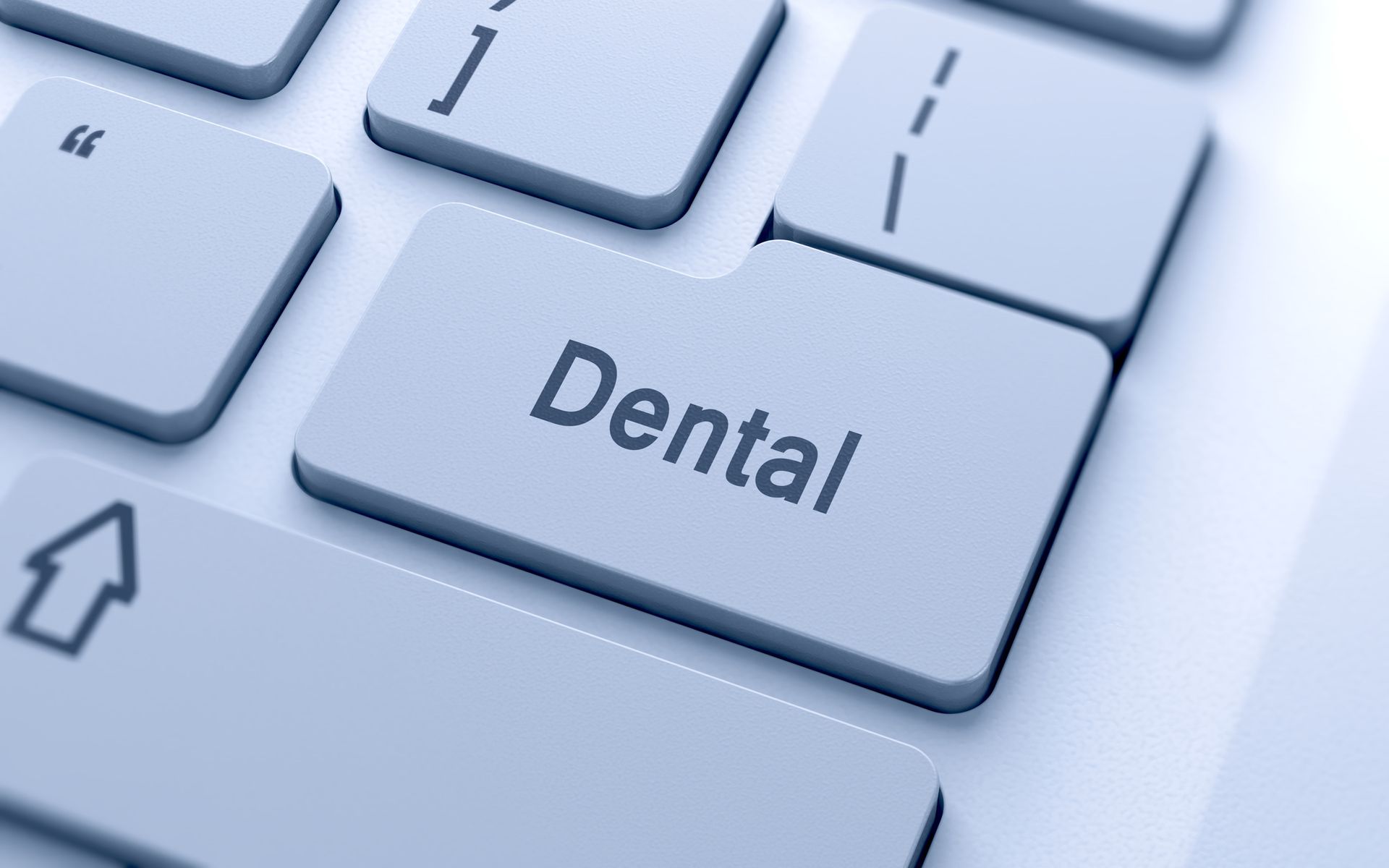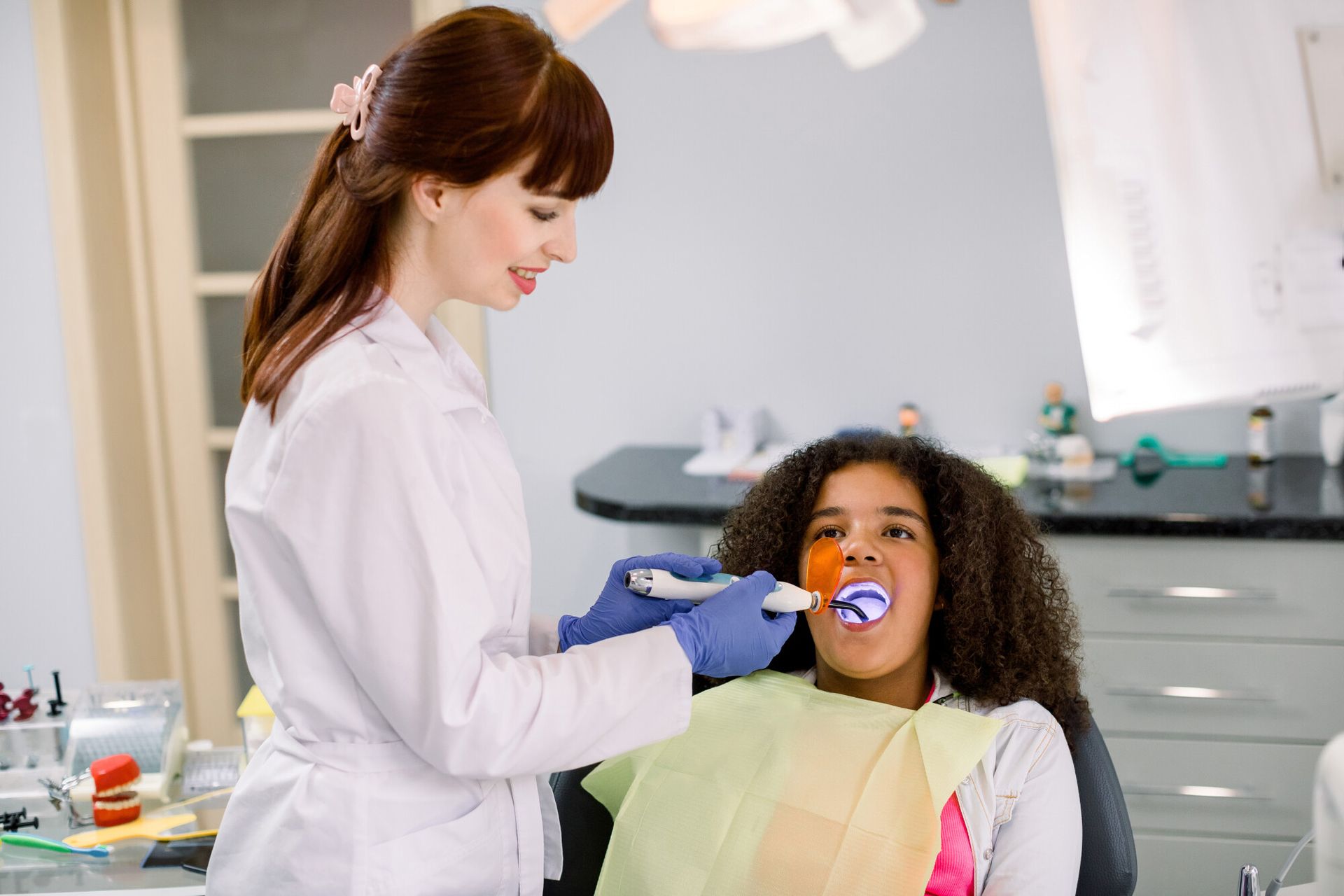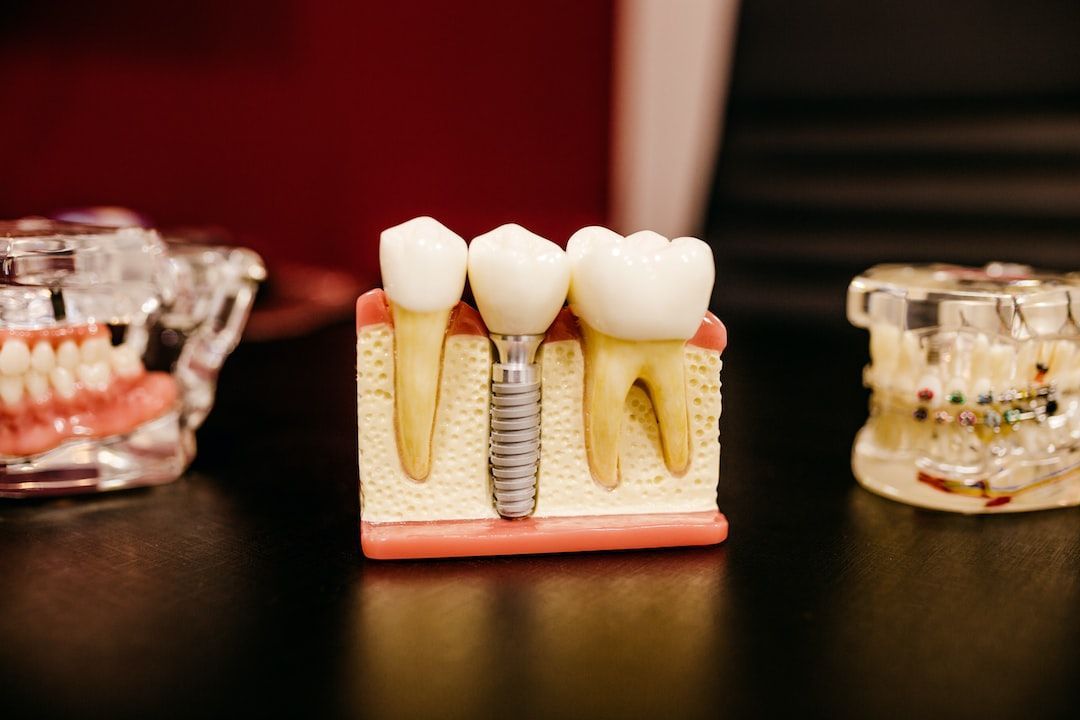West New York, NJ
(201) 865-5150
Teaneck, NJ
(201) 836-4400
Why Do My Teeth Look More Yellow After Whitening Strips
Teeth Whitening Strips Overview
Almost anyone would jump at the idea of altering their smile; this might include a plethora of treatments that range from orthodontics to replacing missing teeth and even brightening stained teeth. One of the most sought-after dental treatments is teeth whitening.
Having a dazzling smile will boost your confidence. It will also command attention whenever you get into a room. This is why the demand for teeth whitening products has exponentially increased over the past few years, and the number keeps on rising.
This demand has led to companies scrambling to make different products that promise to give you a whiter smile. Nevertheless, you will need to be careful since not all products deliver what they advertise. Plus, others may cause severe side effects, especially if they are not used according to the instructions.
At times people opt for home teeth whitening since they are cheaper and can be done in the comfort of the house. Some people may opt for teeth whitening strips since they can be found at the local store. So, let’s see what happens when you go for teeth whitening strips. So, contact our dentist near you at Complete Dental Works in New York to schedule an appointment.
Teeth Whitening Strips 101
Teeth whitening strips contain ingredients that remove the tooth stains. They contain peroxide, a type of bleach that removes stains from teeth. Most manufacturers use hydrogen peroxide, but others prefer to use carbamide peroxide.
The teeth whitening strips are made of plastic and are coated with peroxide gel. So, when you apply the strips to your teeth, the peroxide that covers the strips will work on the teeth to remove the stains. Peroxide breaks down the stains within the tooth and reduces the concentration of the stains making your teeth look whiter.
You will likely wear the strips for about 30 minutes once or twice each day. You will have to do this for about 14 days to see some change.
There are instances where you might use teeth whitening strips, and instead of your teeth becoming white, they turn yellow. This can be very confusing and also disheartening.
What Does the Yellow Sign Indicate?
Teeth whitening strips use peroxide to remove stains. So what happens is that the peroxide temporarily increases your enamel’s porosity. This allows the peroxide to reach the discolored molecules in your teeth.
However, it can be a disadvantage for some people since it creates an avenue for your teeth to be stained. When you eat or drink teeth-staining beverages and foods, such as coffee, red wine, and even smoking, you can stain your teeth.
On the other hand, teeth whitening strips can cause the enamel to erode and will expose the underlying tooth structure. Also, if you have poor oral health or an underlying medical condition that affects the teeth, the teeth whitening procedure may make the teeth yellow.
This is because the dentin has a yellowish hue under the enamel. So, when the enamel thins, your teeth become translucent and may look yellow.
Is There Any Loss On Dental Health While Using Whitening Strips?
Some people opt for teeth whitening strips because they are very convenient. You go to your local store, buy the strips, and incorporate them into your daily teeth cleaning routine. However, the ingredients used in some of them can be harsh on your teeth and gums.
Some problems that may arise when you use teeth whitening strips are:
- Tooth sensitivity – This is because teeth whitening strips can make your teeth a bit more sensitive because the peroxide can pass through the enamel and reaches the dentin. The dentin has tubules that communicate with the nerves, so the peroxide irritates the nerves.
- Gum irritation – the peroxide in the whitening strips can irritate your gums. This usually happens when you misuse the strips or wear them too long. But it might last for a few days.
- Tooth damage – In some cases, the peroxide may destroy some parts of your teeth, causing erosion and demineralization.
The whitening strips should be used according to the instructions. If you use them for too long, it might harm or affect your oral health.
That’s why it is best to receive professional
teeth whitening in West New York, which guarantees safety, improvement in your dental health, and instant results.
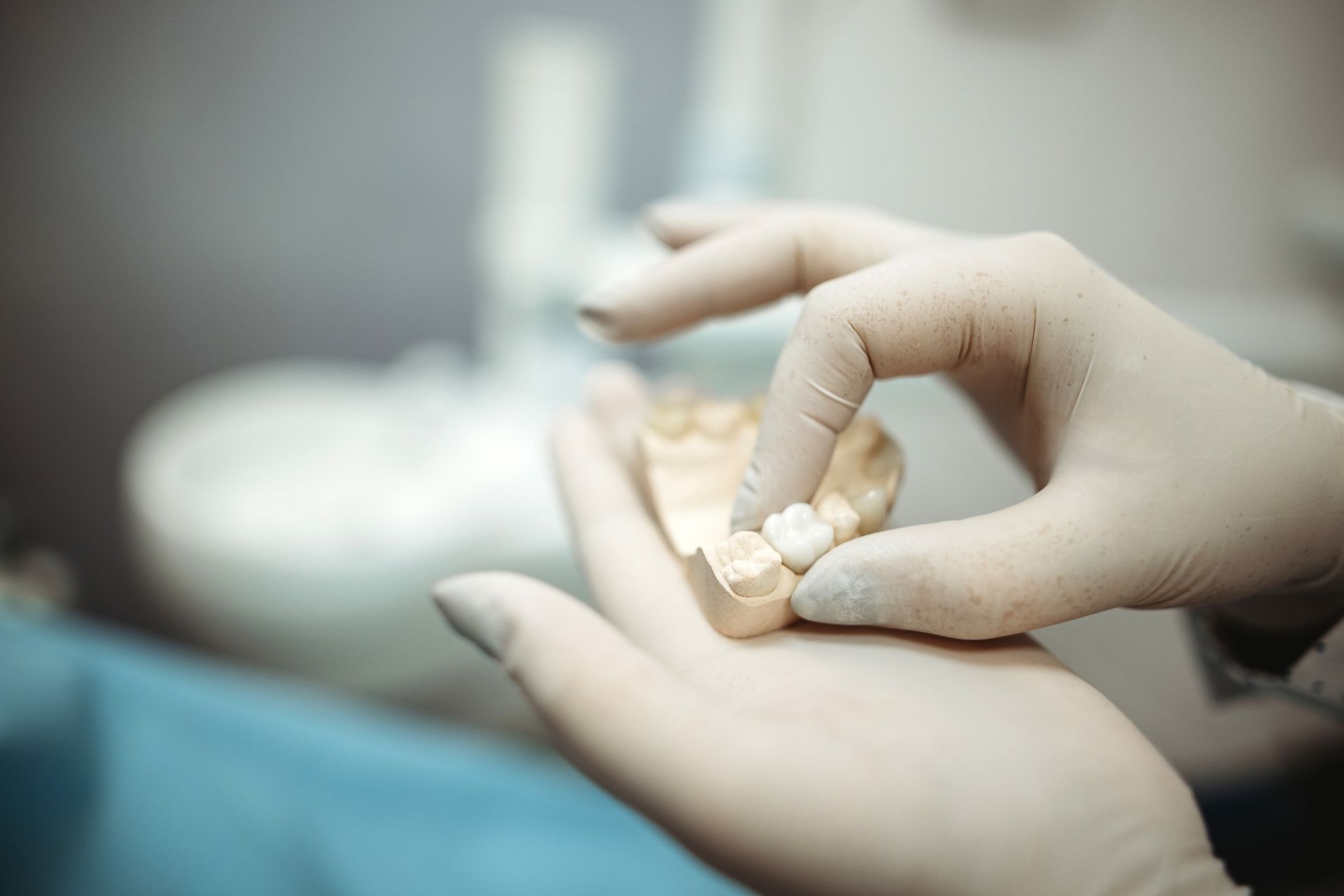
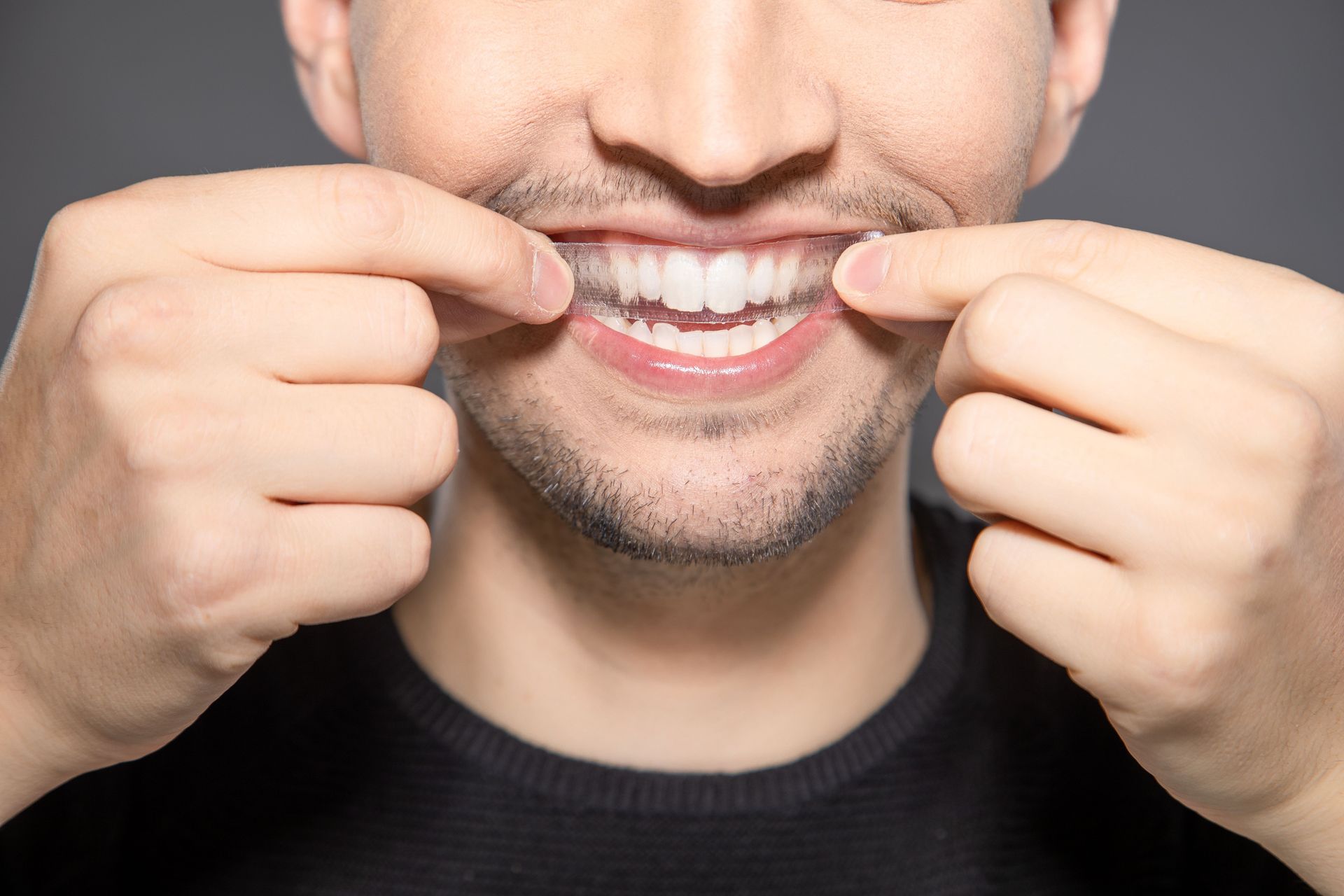
All Rights Reserved | Complete Dental Works
Website designed and maintained by Xpress, INC
201-468-6207



